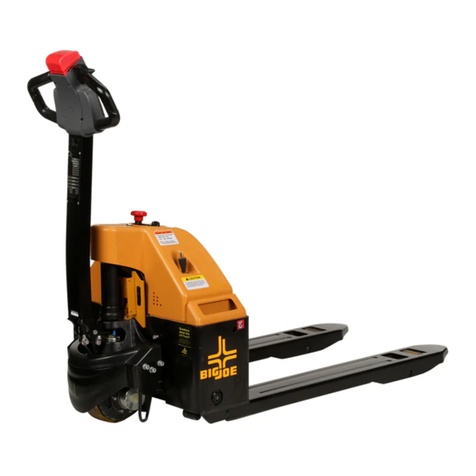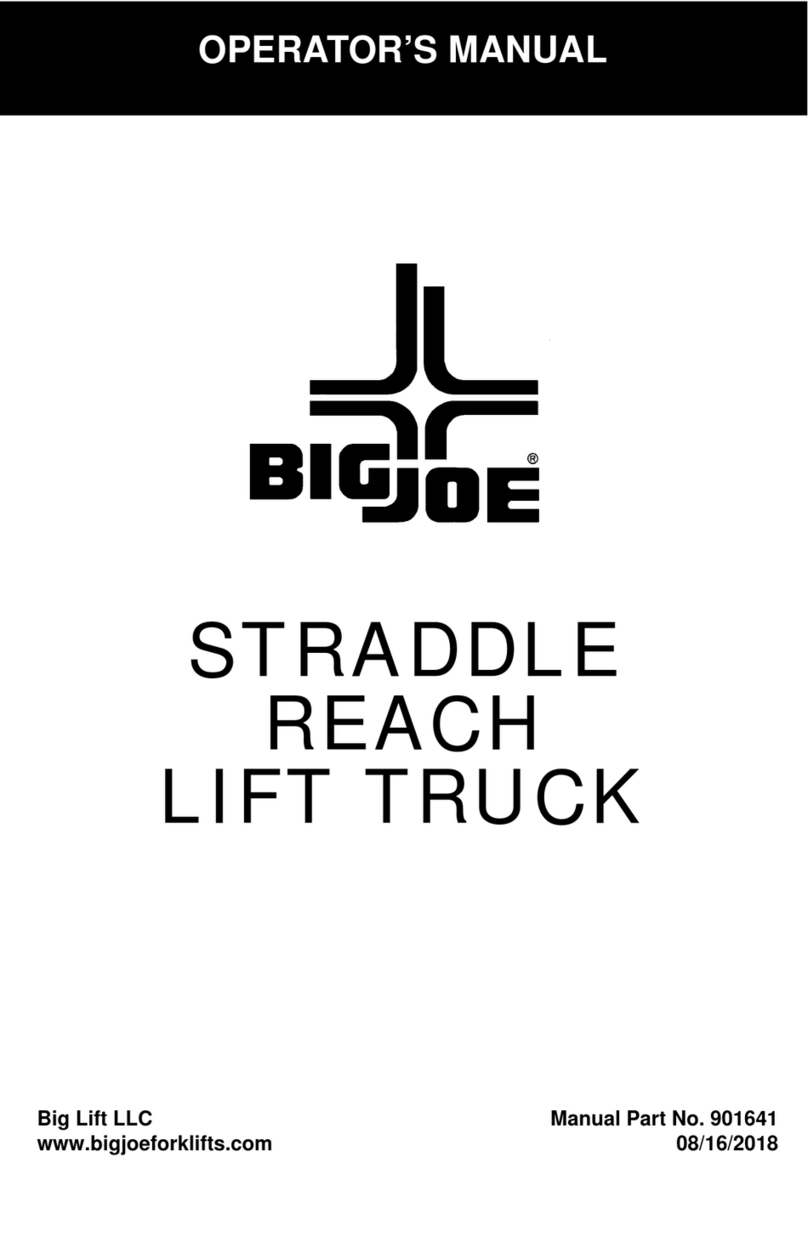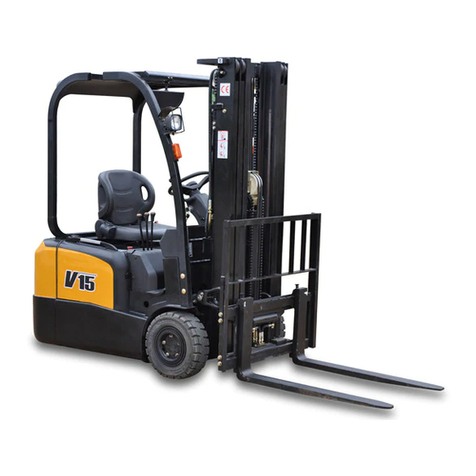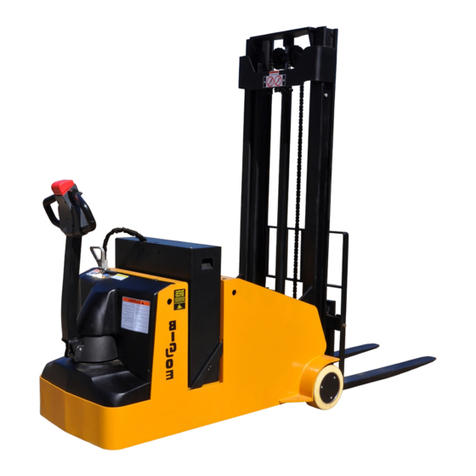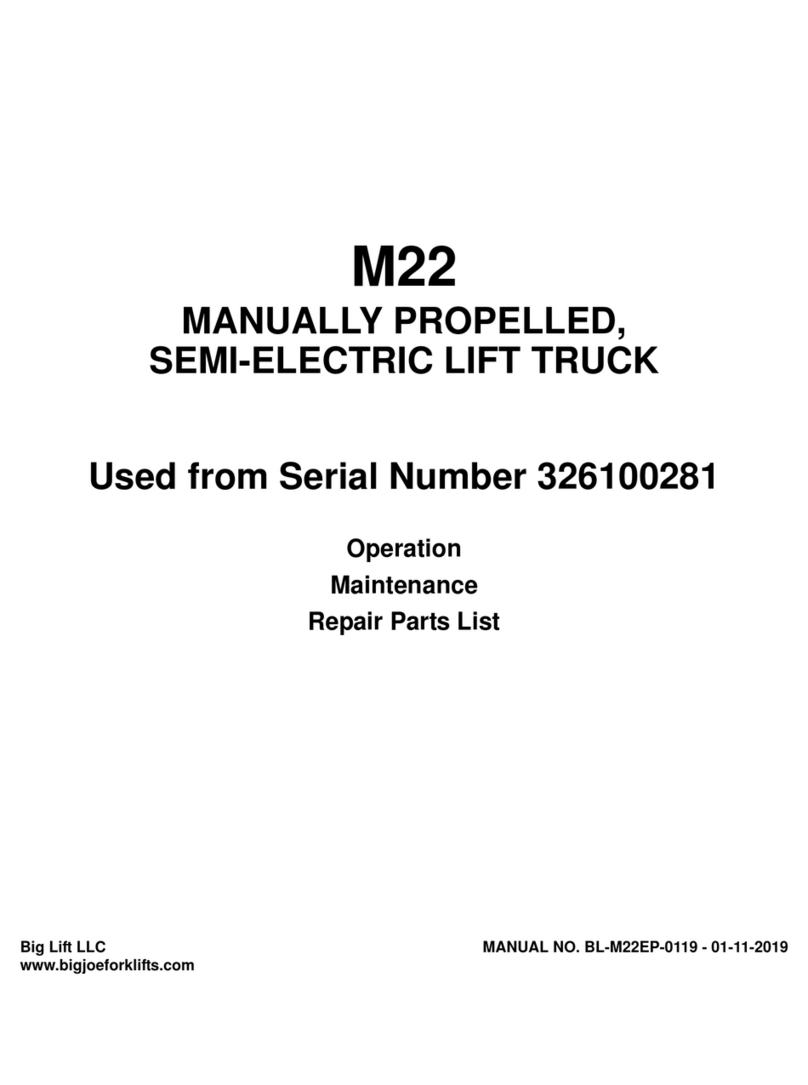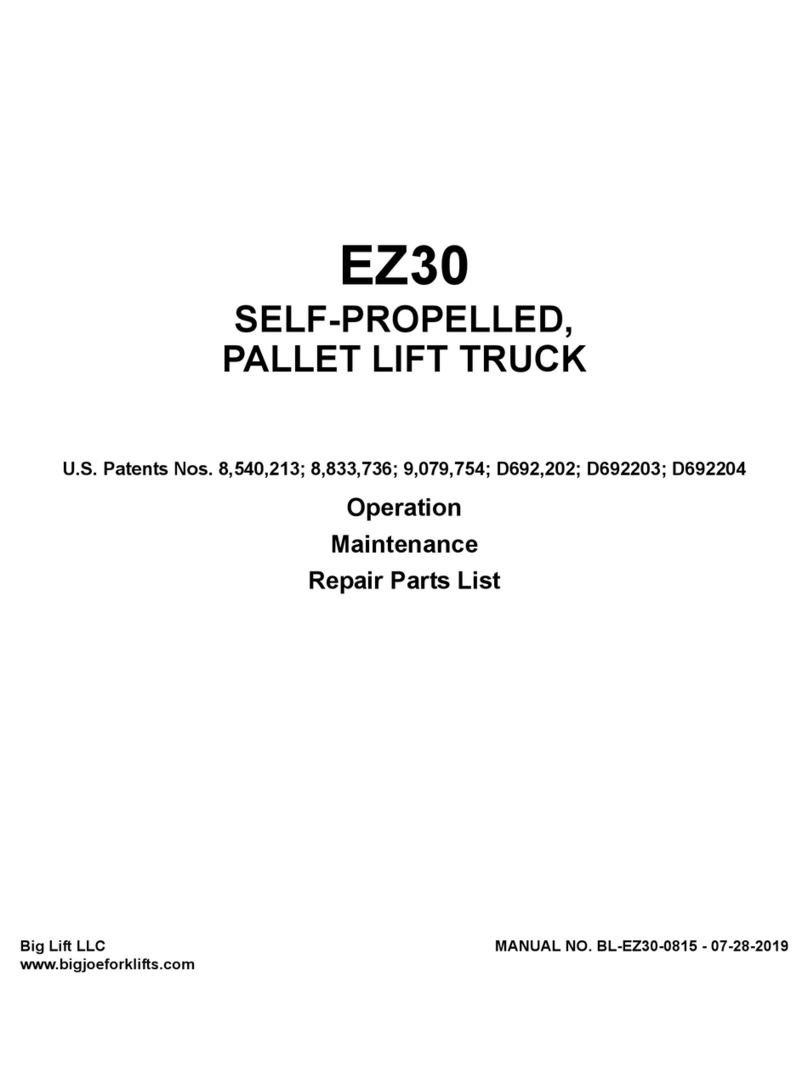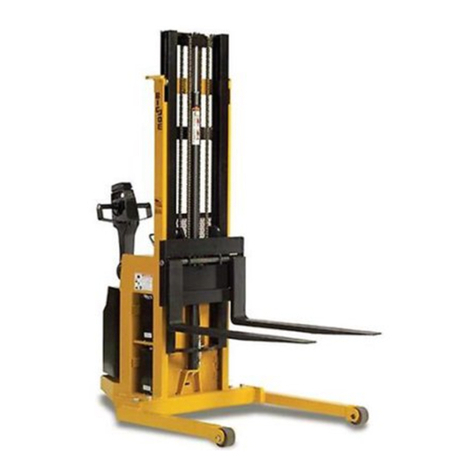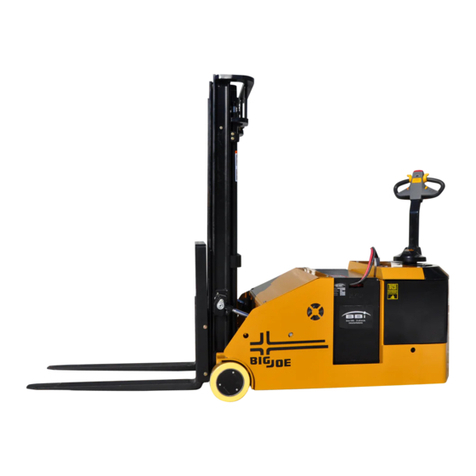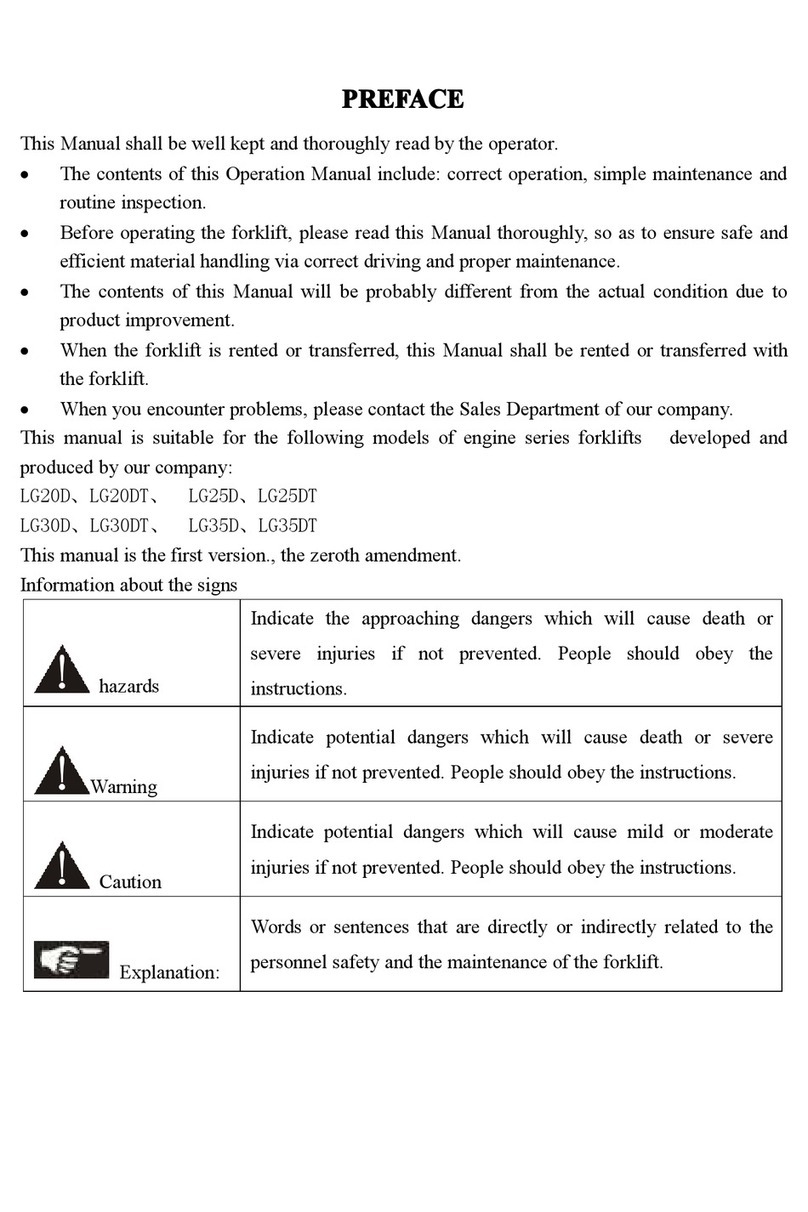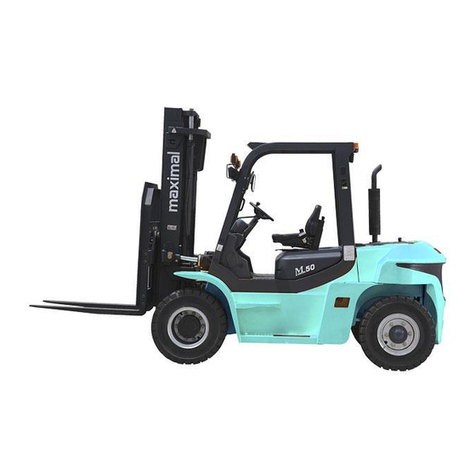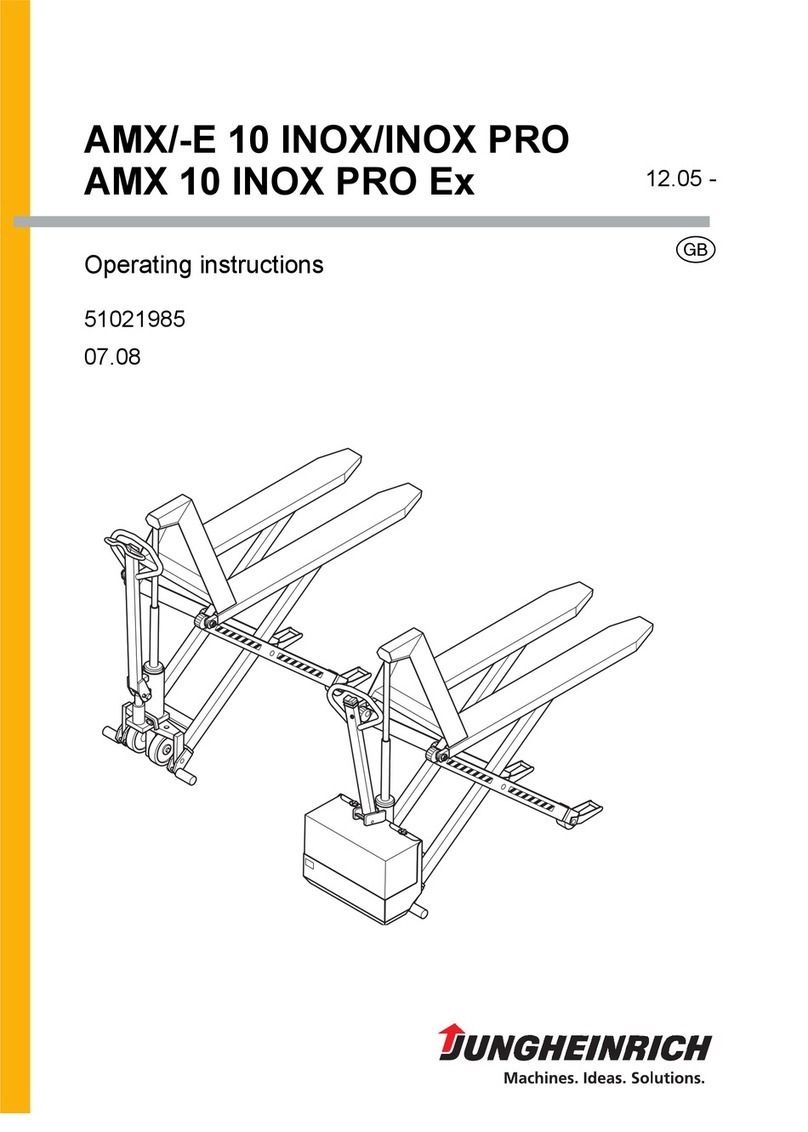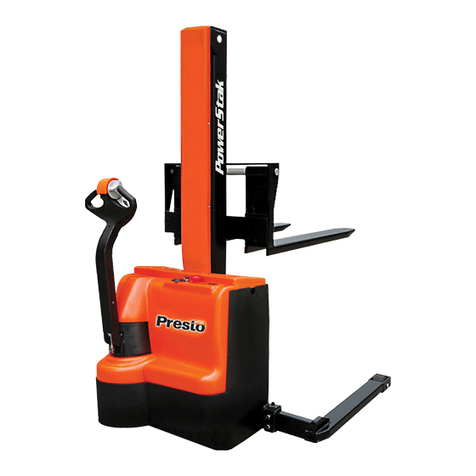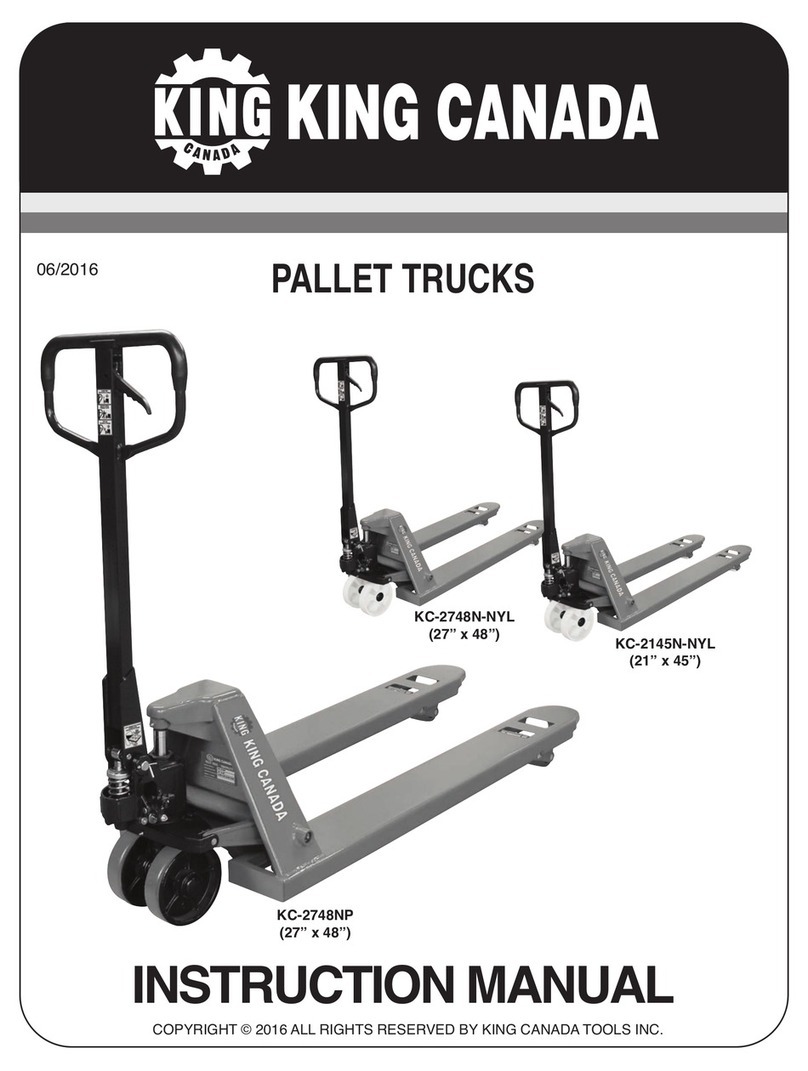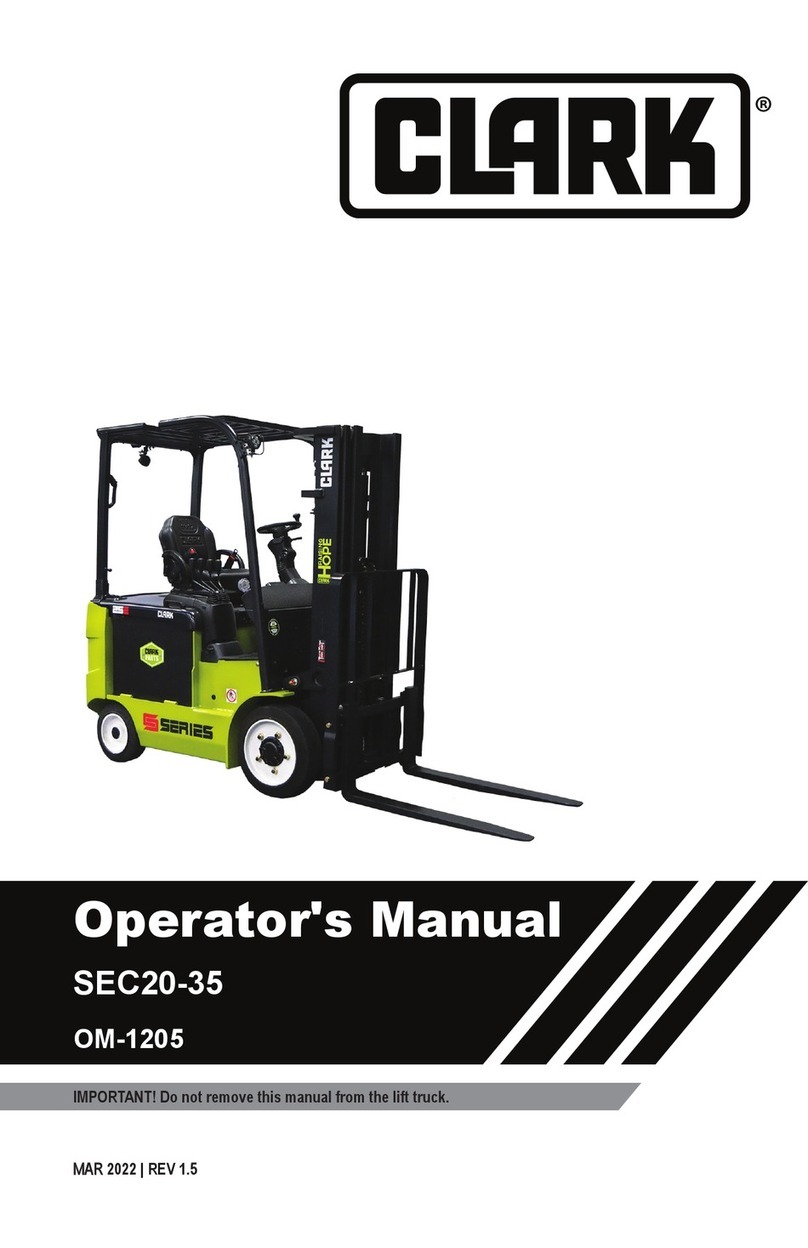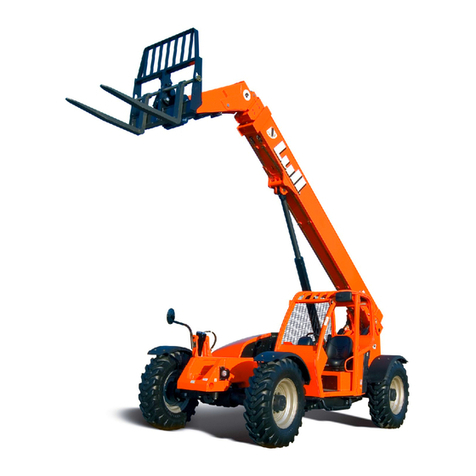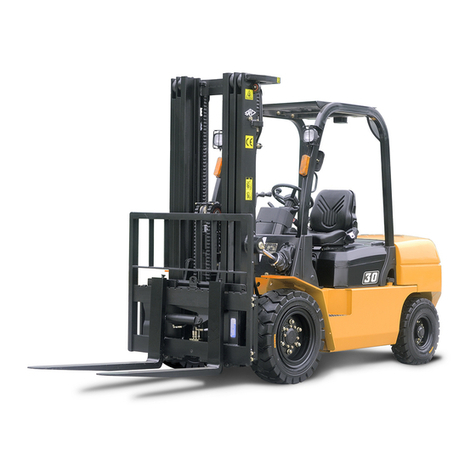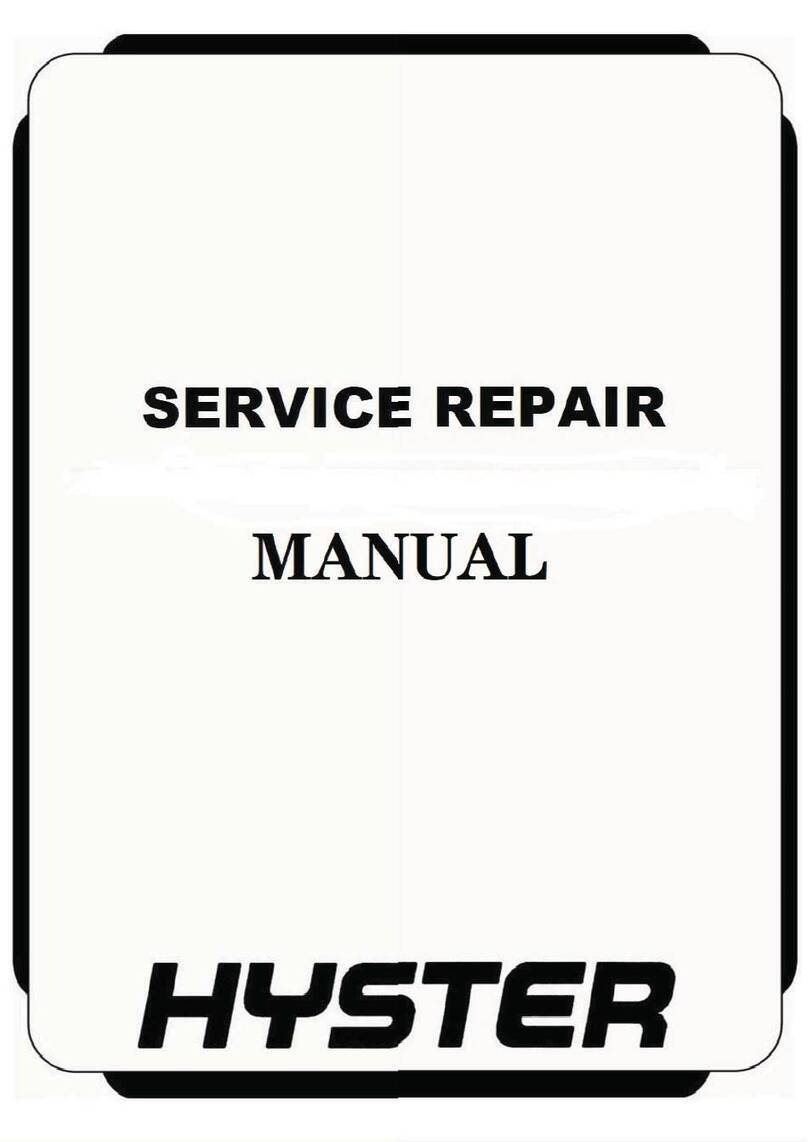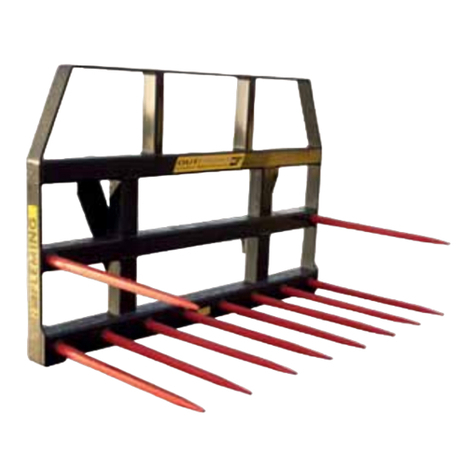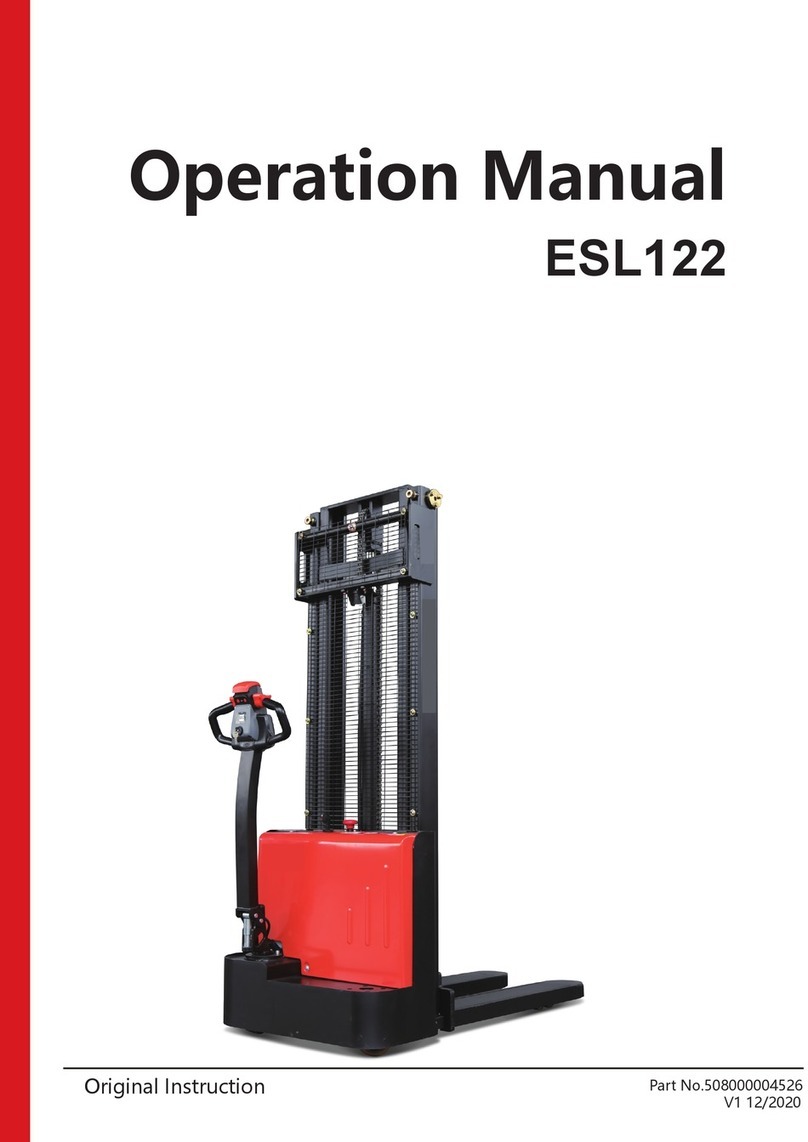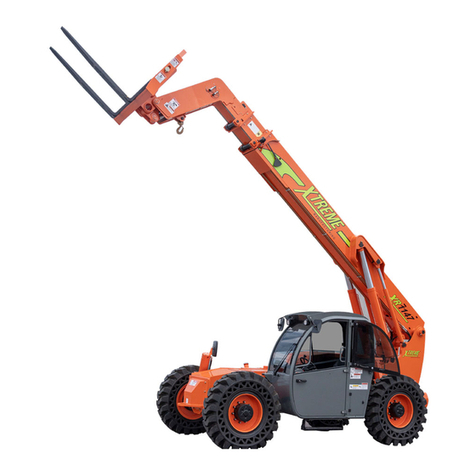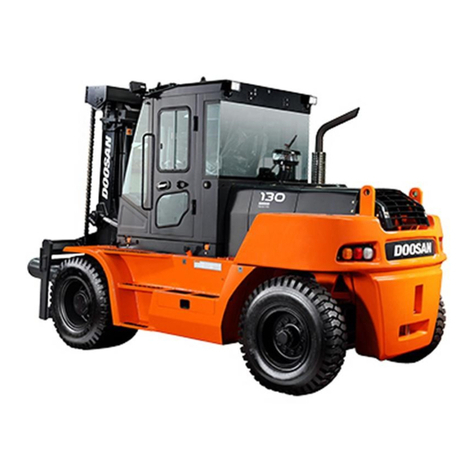
BL-T15-OP - 08-16-2018 v
TABLE OF CONTENTS - Continued
Section Page
5 TUGGER MAINTENANCE....................................................................................18
5-1 OPERATIONAL SAFETY...........................................................................18
5-2 MAINTENANCE SAFETY REGULATIONS................................................18
5-3 SERVICING AND INSPECTION ................................................................19
5-3.1 MAINTENANCE CHECKLIST ....................................................................20
5-3.2 MAINTENANCE INSTRUCTIONS..............................................................21
5-4 DECOMMISSIONING THE INDUSTRIAL TUGGER..................................22
5-4.1 PRIOR TO DECOMMISSIONING ..............................................................22
5-4.2 RESTORING TUGGER TO OPERATE AFTER DECOMMISSIONING.....22
5-5 SAFETY CHECKS TO BE PERFORMED AT REGULAR
INTERVAL AND FOLLOWING ANY UNUSUAL INCIDENTS....................23
5-6 FINAL DECOMMISSIONING, DISPOSAL .................................................23
6 TROUBLESHOOTING...........................................................................................24
CORRECT USE AND APPLICATION
The operator’s manual is available at bigjoesupport.com.The guidelines are an important
component of these operating instructions and must be observed. The tugger described in
the operator’s manual is an industrial tugger designed for transporting loads.
It must be used, operated and serviced in accordance with the present instructions. Any
other type of use is beyond the scope of application and can result in injury to personnel,
damage to the tugger or property. In particular, avoid overloading the tugger with loads
which are too heavy or placed on one side. The towing capacity decal attached to the tug-
ger is binding for the maximum load capacity. The industrial tugger must not be used in fire
or explosion endangered areas, or areas threatened by corrosion or excessive dust.
Owners responsibilities
For the purposes of the present operator manual the “Owner” is defined as any natural or
legal person who either uses the industrial tugger himself, or on whose behalf it is used. In
special cases (e.g. leasing or renting) the proprietor is considered the person who, in accor-
dance with existing contractual agreements between the owner and user of the industrial
tugger, is charged with operational duties.
The proprietor must ensure that the tugger is used only for the purpose it is intended for
and that danger to life and limb of the user and third parties are excluded.
Furthermore, accident prevention regulations, safety regulations and operating, servicing
and repair guidelines must be followed. The owner must ensure that all tugger operators
have read and understood the operatorsmanual.
Failure to comply with the operator’s manual shall Void the warranty. The same applies if
improper work is carried out on the tugger by the customer or third parties without the per-
mission of the manufacturer’s customer service department.
Adding accessories
The mounting or installation of additional equipment which affects or enhances the perfor-
mance of the industrial tugger requires the written permission of the manufacturer.




















